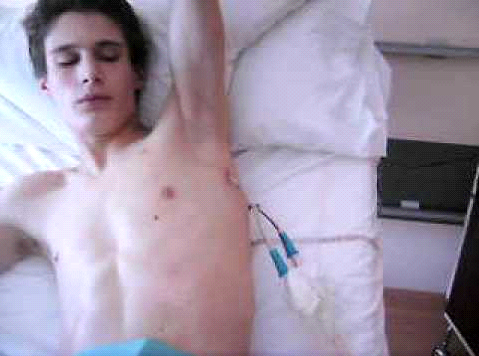Pneumothorax Symptoms, Causes, Diagnosis and Treatment

What Is Pneumothorax?
Chest cavity, or thoracic cavity, is a space inside the body enclosed by ribs, breastbone and vertebral column. Heart, lungs, vessels that transport blood and some other parts are present inside this cavity which is separate from the largest space inside the body known as abdominal cavity. When the free air enters and is collected in the chest cavity, the lung collapses. Pneumothorax is often cured immediately by itself but at times, it requires treatment depending on the cause of pneumothorax.
What Are The Symptoms Of Pneumothorax?
There are only two major symptoms of pneumothorax including:
- Chest pain.
- Breathing problem.
Since these symptoms could evolve due to several other diseases and disorders too, it is necessary to consult a doctor immediately after these symptoms arise.
What Causes Pneumothorax?
The following factors can lead to pneumothorax:
- Underlying lung diseases i.e. if a lung is already damaged due to a disease like pneumonia or cystic fibrosis, pneumothorax could occur.
- Chest injury.
- Mechanical ventilation is required by people who have breathing problems.
- Bursting of air blisters.
These are the most common causes of pneumothorax.
What Are The Risk Factors Of Pneumothorax?
People with the following characteristics have a high risk of suffering from pneumothorax:
- At an age of between 20 and 40 years, air blisters are more likely to burst in tall and thin people.
- Men are more likely to suffer from this condition.
- Smoking.
- Suffered from pneumothorax before.
- Suffering from a lung disease that has either damaged or weakened the lung.
- Family history/genetics.
How Is Pneumothorax Diagnosed?
Since the symptoms of pneumothorax are common in other diseases and disorders too, doctors suggest two ways of diagnosing pneumothorax:
- X-ray of chest.
- If a clear picture is not available after an X-ray, the doctor may suggest a computerized tomography or CT scan.
By combining both results, doctors are able to precisely evaluate pneumothorax.
How Is Pneumothorax Treated?
If pneumothorax is caused without an underlying disease, a treatment may not be required and it gets cured by itself within two weeks. In advanced cases, the following methods may be used:
- Suction of air in a device through needle or chest tube. This method is usually adopted when a large area of the lung collapses.
- At times, the insertion of tube or needle fails to solve the problem and this is when surgery remains the only option to prevent air leak. However, surgery is required in very extreme cases when the leakage of air does not stop.
Generally, pneumothorax is divided into two types. Almost nothing could be done to prevent pneumothorax except for avoiding cigarettes. Spontaneous or primary pneumothorax is not caused due to an underlying disease and tends to get cured by itself without any treatment. However, the above mentioned treatments are for secondary pneumothorax which often leads to death if not treated. Pneumothorax is likely to occur again after it is cured for the first time. The duration is usually two years.
By : Natural Health News




